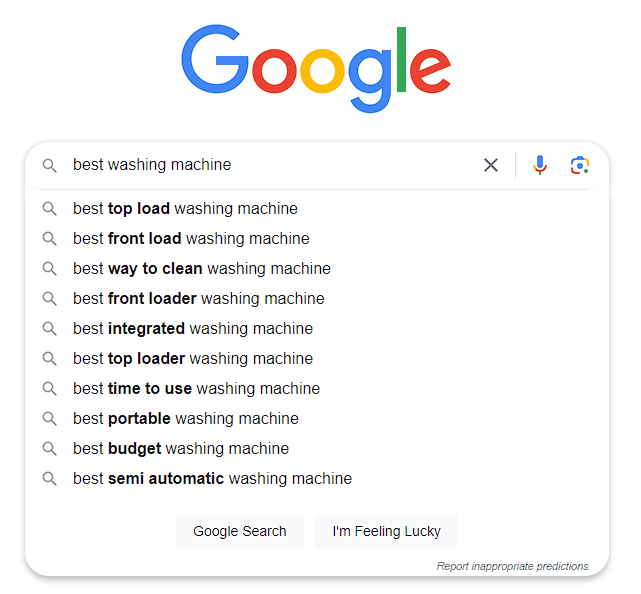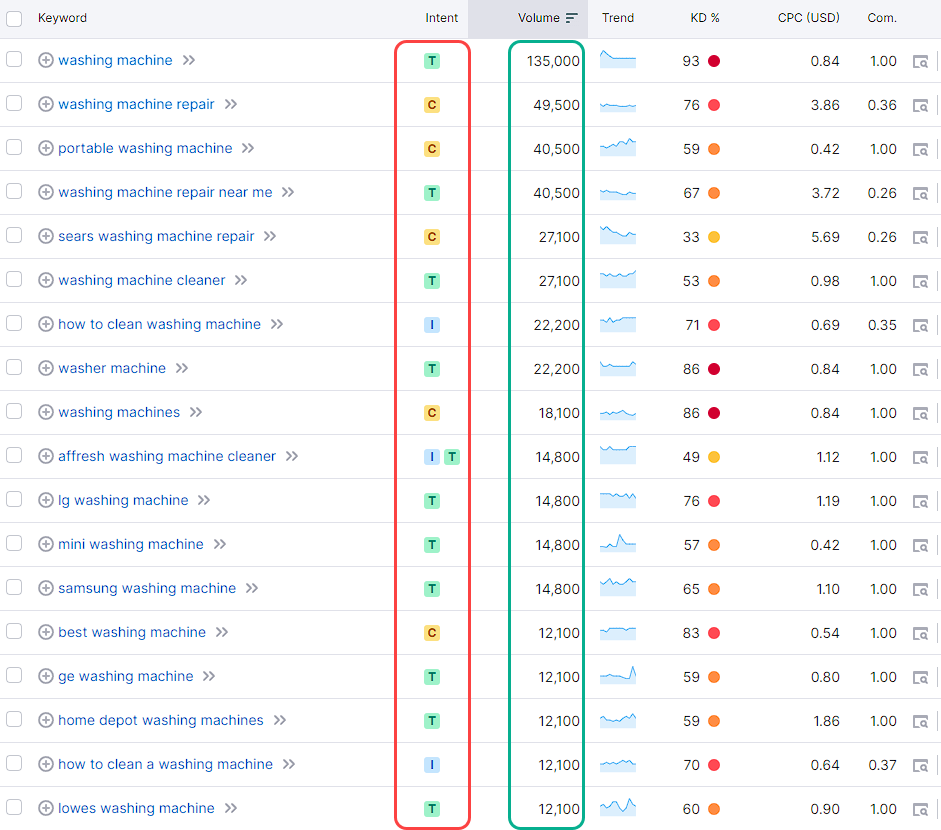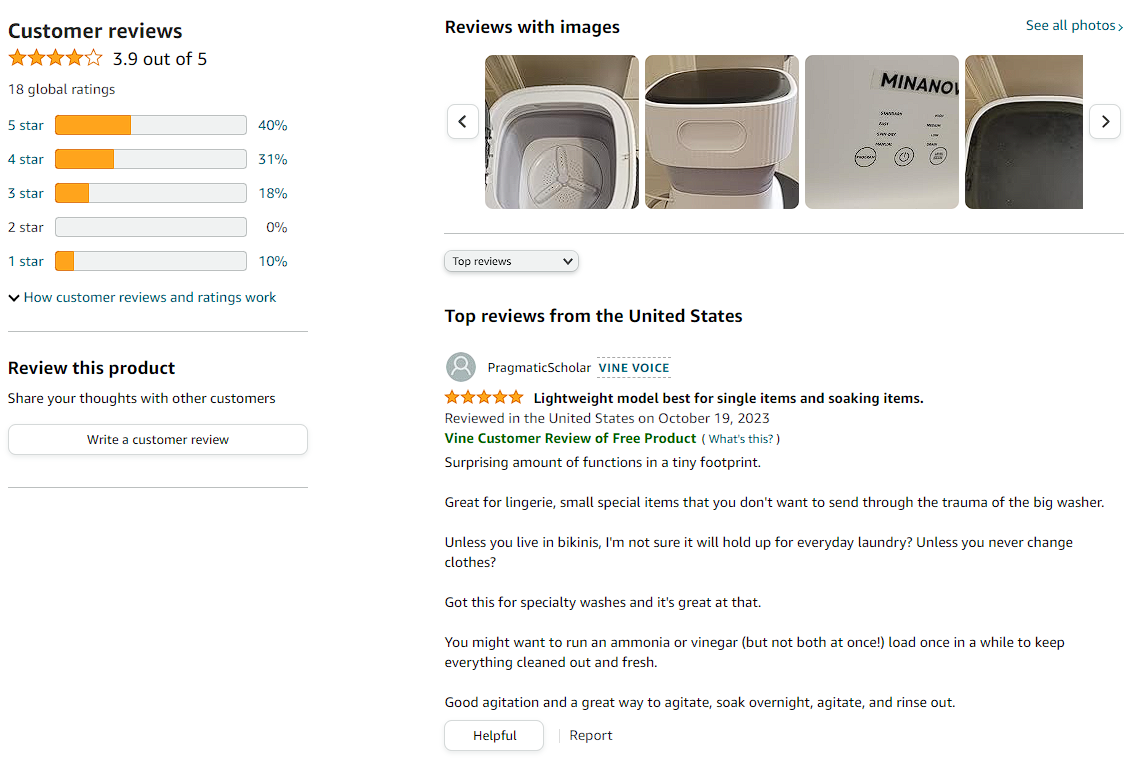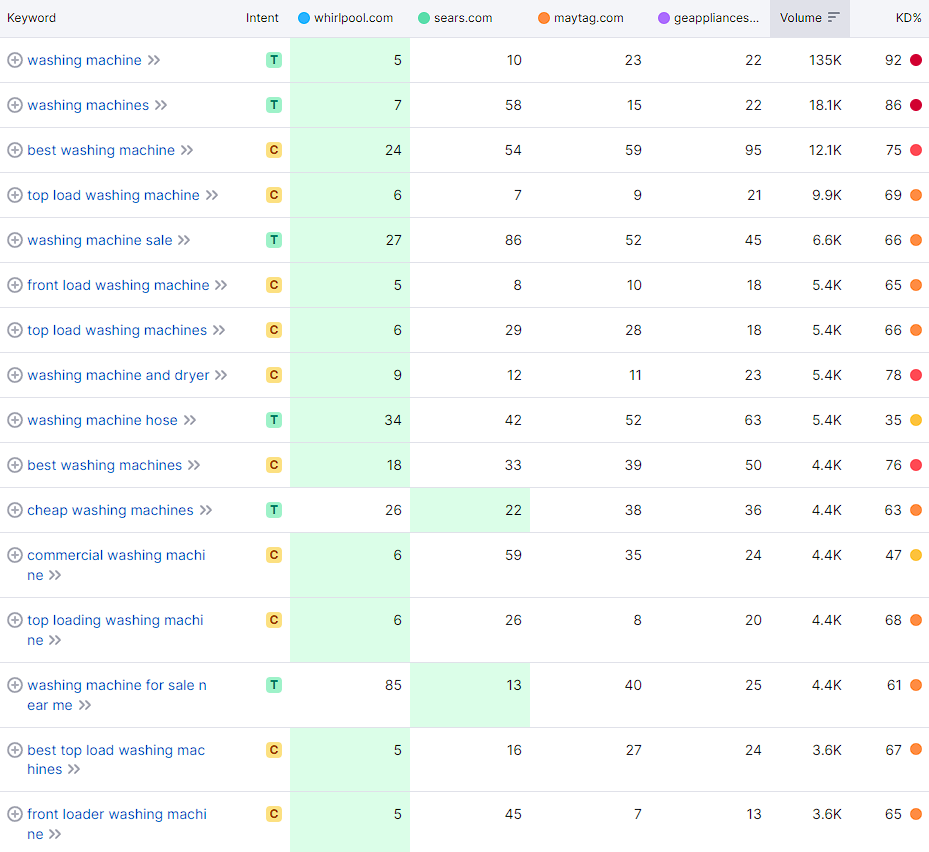What Is Ecommerce SEO?
Ecommerce SEO is the process of optimizing an online store to improve its visibility and ranking in search engine results pages (SERPs). This is important because it can help you attract more organic traffic to your store. Although many e-commerce owners believe that paid ads and social media are revenue drivers, search is one of the channels that offers the highest ROI.
In this guide, we’ll explain ecommerce SEO fundamentals about optimizing your ecommerce.
With this in mind, unlocking the power of SEO will help you to attract more users and boost your ecommerce sales.
Why Is SEO Important for Ecommerce Sites?
Ecommerce SEO brings more sales and have numerous additional benefits, let’s briefly explain them:
Attract Organic Traffic: Ranking high in search results brings a continual wave of visitors. It’s a free, consistent source of potential customers who are actively looking for products you offer.
Target Qualified Sales: SEO can target those most likely to become customers. Unlike paid advertising, where clicks can be random, SEO focuses on specific keywords related to your products, attracting an audience with purchase intent.
Boost Brand Awareness: When your site ranks high in relevant searches for product keywords, shoppers associate your brand with those products, increasing recognition and trust.
Ahead in the Competition: Online competition is fierce. Strong SEO helps you stand out from competitors and capture a larger market share.
Lower Customer Acquisition Costs: SEO is a cost-effective method for converting customers compared to paid advertising strategies.
Improve User Experience: SEO best practices often overlap with optimizing user experience. By enhancing user experience, you can increase conversions and revenue.
Improved Conversion Rates: Targeting relevant keywords leads to visitors who are more likely to convert, boosting your conversion rate.
Sustainable Growth: SEO results are long-lasting, securing a continuous stream of qualified leads and driving consistent growth.
Ecommerce Keyword Research
Keyword research is the foundation of a successful ecommerce SEO campaign since it supports the most useful information for the related SEO tasks like URL structure, on-page SEO tasks and so on. In order to perform the most comprehensive ecommerce keyword research, here you can find useful methods:
1. Search Suggestions / Autocomplete
Google is the biggest source to figure out what users are looking for. It’s a free source for beginners and useful to find a starting point.

2. Keyword Tools
You may consider using keyword tools like SEMrush or ahrefs to find more information about keywords like search volume, user intent and keyword difficulty. In many cases, having more data can be confusing, but it also allows you to discover many more opportunities.
 3. Social Media
3. Social Media
Your clients share their feedbacks and questions or doubts, on social media. You may collect them to find out content ideas for your ecommerce store.
4. Reviews
Marketplaces are your biggest competitors but helpful sources at the same time. You should always keep an eye on the most frequently asked questions and reviews for helpful keywords.
 5. Competitors
5. Competitors
SEMrush is a great tool to analyze competition and explore more keyword ideas.

Technical SEO for Ecommerce Websites
Technical SEO is crucial for ecommerce websites because it ensures that search engines can easily crawl and index your site, making it more visible and accessible to potential customers. Here are the key steps of technical SEO for ecommerce websites:
Store Crawlability: Ensure that your website is crawlable by search engines like Google and Bing. Check for any crawling issues, such as robots.txt file blocking or canonicalization issues. Use tools like Google Search Console to monitor crawl errors and ensure your site is accessible to search engine bots.
URL Structure: Develop a clear and consistent URL structure that reflects your website’s hierarchy and makes it easy for search engines to understand your site’s organization. Use descriptive and keyword-rich URLs for your product pages and categories.
Page Speed Optimization: Optimize your website’s loading speed to provide a positive user experience and improve search rankings. Use tools like Google PageSpeed Insights or GTmetrix to identify and address performance issues, such as image optimization, caching, and code minification.
Mobile-friendliness: Ensure your website is fully mobile-friendly and optimized for mobile devices. Use responsive design techniques and follow Google’s mobile-friendly guidelines to provide a seamless user experience across all devices.
Structured Data: Implement structured data markup to provide rich information about your products and services to search engines. This can enhance your search listings with rich snippets, images, and reviews, making your results more appealing and informative.
XML Sitemap and Robots.txt File: Create an XML sitemap to provide search engines with a complete index of your website’s pages, ensuring that all important content is discovered and crawlable. Use a robots.txt file to guide search engines on which pages to crawl and which ones to avoid.
Canonicalization: Use canonical tags to indicate the original and preferred version of a page, preventing duplicate content issues and ensuring that search engines prioritize the correct version of your content.
Image Optimization: Optimize images on your website to reduce file sizes without compromising quality. This improves page loading speed and search engine performance. Use descriptive filenames, alt text, and proper image formats.
Internal Linking: Create a strong internal linking structure to connect related pages within your website and help search engines understand the relevance and hierarchy of your content. Use anchor text that accurately reflects the page’s content.
On-Page SEO for Ecommerce Websites
Product Page Optimization:
- Create informative and engaging product descriptions that provide comprehensive details about your products, including features, benefits, and specifications.
- Use high-quality product images and optimize them for faster loading times and search engine visibility.
- Include customer reviews and testimonials to enhance product credibility and trust.
- Implement structured data markup to provide rich product information to search engines.
3. Category Page Optimization:
- Create clear and concise category pages that accurately represent the types of products or services offered within each category.
- Use relevant keywords in category page titles, meta descriptions, and category slugs.
- Include subcategories to organize your product offerings effectively and improve navigation.
- Link to relevant product pages within each category page.
4. Blog Content Creation:
- Develop a blog section on your website to publish informative and engaging content related to your industry, products, and target audience.
- Research trending topics and industry news to create valuable content that attracts potential customers.
- Optimize blog posts with relevant keywords, meta titles, and meta descriptions.
- Promote your blog content on social media and other channels to drive traffic to your website.
5. Internal Linking Structure:
- Create a strong internal linking structure by linking to relevant product pages and blog posts from other pages on your website.
- Use anchor text that accurately describes the linked page’s content.
- Avoid excessive internal linking that can clutter the navigation and negatively impact SEO.
6. User Experience Optimization:
- Ensure your website is easy to navigate and user-friendly.
- Use clear and concise language in your content.
- Organize your products and categories logically.
- Optimize website loading speed for a seamless user experience.
- Design a mobile-friendly website that adapts to different screen sizes.
By implementing these on-page SEO strategies, you can optimize your ecommerce website for search engines and attract more organic traffic, ultimately leading to increased sales and business growth. Remember, SEO is an ongoing process, and it’s important to regularly review and update your SEO practices to stay ahead of the curve and maintain a strong online presence.
Content Marketing for Ecommerce
Content marketing is a strategic approach for ecommerce businesses to attract new customers, increase brand awareness, and drive sales. Here are the steps of content marketing for ecommerce:
Define your target audience: Who are you trying to reach with your content? What are their interests, needs, and pain points? Once you know your target audience, you can create content that is relevant and engaging to them.
Create a content calendar: A content calendar will help you plan and schedule your content creation and promotion. This will ensure that you are consistently publishing high-quality content that is relevant to your target audience.
Develop a content strategy: What type of content will you create? How often will you publish new content? Where will you promote your content? Your content strategy should be based on your target audience, your business goals, and your budget.
Create high-quality content: Your content should be informative, engaging, and well-written. It should also be relevant to your target audience and your business goals.
Optimize your content for search engines: Use relevant keywords in your titles, meta descriptions, and throughout your content. This will help your content rank higher in search engine results pages (SERPs).
Promote your content: Share your content on social media, email marketing, and other channels. You can also promote your content through paid advertising.
Measure your results: Track your content marketing performance using analytics tools. This will help you see what is working and what is not.
Refine your strategy: Based on your results, refine your content marketing strategy. Create more of the type of content that is performing well, and less of the type of content that is not performing well.
Here are some of the most useful content strategies:
Here are some specific examples of content marketing strategies that ecommerce businesses can use:
- Create blog posts about your products and services
- Write product reviews and comparisons
- Create how-to guides and tutorials
- Develop infographics and visual content
- Create videos about your products and services